Introduction
Coccydynia refers to pain originating from the coccyx, or tailbone, located at the base of the spine. While it’s not very common, coccydynia is usually the result of trauma or falls. Fortunately, most cases can be managed effectively with nonsurgical treatments such as medication and physical therapy.
Anatomy
The spine consists of numerous bones called vertebrae, connected by joints that provide stability while allowing movement. The coccyx, or tailbone, forms the lowest part of the spine and is composed of 3-5 small bones. These bones may be fused in some individuals, though fewer than 10% of people have a completely fused coccyx. Muscles, ligaments, and tendons attach to the coccyx, helping support weight when sitting.
Causes
Coccydynia is most commonly caused by trauma to the coccyx, such as falls, childbirth, or prolonged sitting. Trauma can lead to inflammation of the surrounding ligaments or damage the attachment between the coccyx and the spine. In some cases, the cause of coccydynia may remain unknown.
Symptoms
The primary symptom of coccydynia is pain, particularly when pressure is applied to the tailbone area, such as when sitting or leaning back. The pain may extend into the legs and can worsen during sexual activity or bowel movements. Many people also report general tenderness and aching around the tailbone.
Diagnosis
Doctors typically diagnose coccydynia by evaluating your medical history and performing a physical examination. It’s important to inform your doctor about any recent falls or childbirth. Imaging tests, like X-rays or MRIs, may be used to exclude other potential causes of pain. Additional tests, such as electromyography (EMG) or nerve conduction studies, can assess nerve function.
Treatment
Initial treatment for coccydynia often involves nonsteroidal anti-inflammatory drugs (NSAIDs) to reduce pain and inflammation. Using a donut-shaped cushion can help alleviate pressure on the coccyx when sitting. Relief may take several weeks or months.
For more severe cases, stronger pain medications may be prescribed. Injections of local anesthetics or anti-inflammatory drugs can target the source of pain, and nerve blocks may help by disrupting pain signals. Physical therapy, including gentle stretching and ultrasound therapy, can also aid recovery by reducing pain and improving mobility.
If conservative treatments fail, surgery (coccygectomy) to remove part of the coccyx may be considered. This procedure is generally successful, but surgery is rarely needed.



